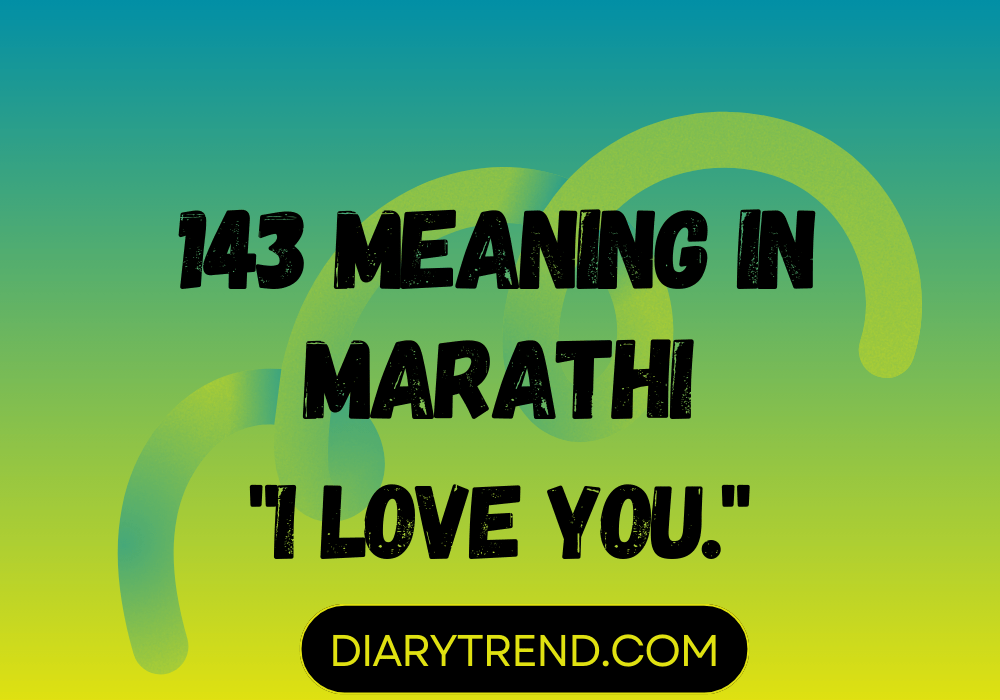In an age dominated by digital communication, the use of numerical codes to express emotions and phrases has become increasingly popular. One such example is the number “143,” a shorthand for the deeply personal phrase “I love you.” Interestingly, this numerical representation transcends language barriers, including its relevance in Marathi-speaking regions. This article delves into the origins, cultural significance, and adaptation of “143” in Marathi and global contexts.
Origins and Global Understanding
The origin of “143” as a numeric code for “I love you” is rooted in the simple count of letters in each word of the phrase. “I” contains 1 letter, “Love” has 4, and “You” comprises 3 letters. This clever numerical encoding has gained widespread acceptance, particularly among younger generations adept at digital communication. It is a universal code, understood across different languages and cultures, owing to its simplicity and universality.
Adaptation in Marathi
In Marathi, one of the prominent languages of India, “I love you” translates to “मी तुझ्यावर प्रेम करतो” (for male speakers) or “मी तुझ्यावर प्रेम करते” (for female speakers). While these phrases carry the weight of cultural nuances and linguistic richness, “143” has found its place even among Marathi speakers. The adaptation of this numerical code in Marathi-speaking regions illustrates the influence of global digital culture transcending linguistic boundaries.
Digital Communication and Emotional Expression
The widespread use of “143” in texts, chats, and social media reflects a broader trend in digital communication: the simplification and encoding of language to convey emotions quickly and succinctly. This trend is not just about convenience; it also speaks to the creative ways in which language evolves and adapts to new forms of communication. “143” serves as a poignant reminder of how emotions like love can be universally expressed, transcending language and cultural differences.
Conclusion
“143,” as a representation of “I love you,” stands as a testament to the dynamic and evolving nature of language in the digital age. Its relevance in diverse linguistic contexts, including Marathi, underscores how digital communication can bridge cultural gaps and foster shared understanding. As we continue to navigate a world increasingly reliant on digital forms of expression, the simplicity and universality of “143” remind us that some emotions are truly universal, finding resonance across languages and cultures.
